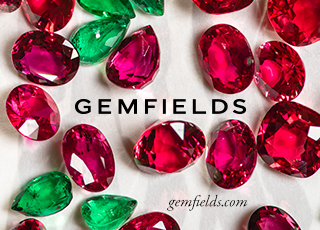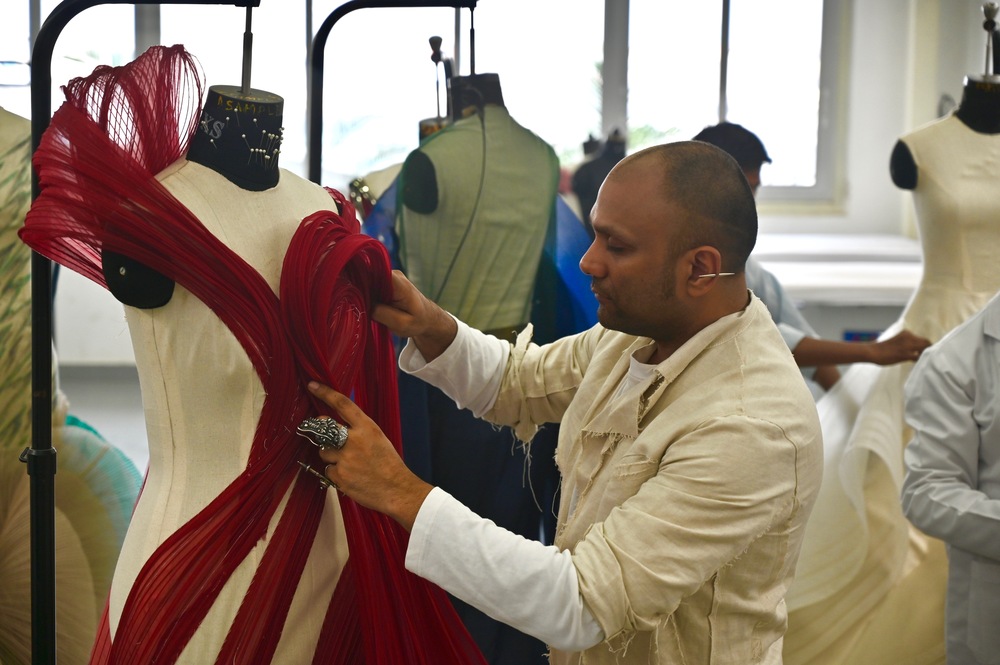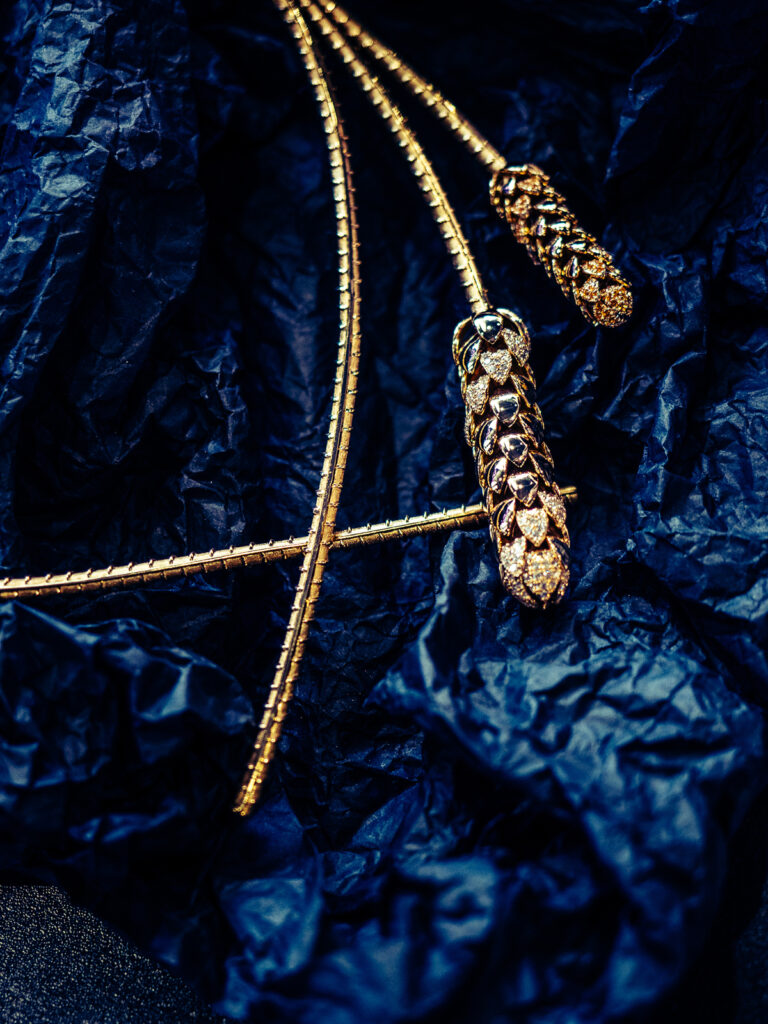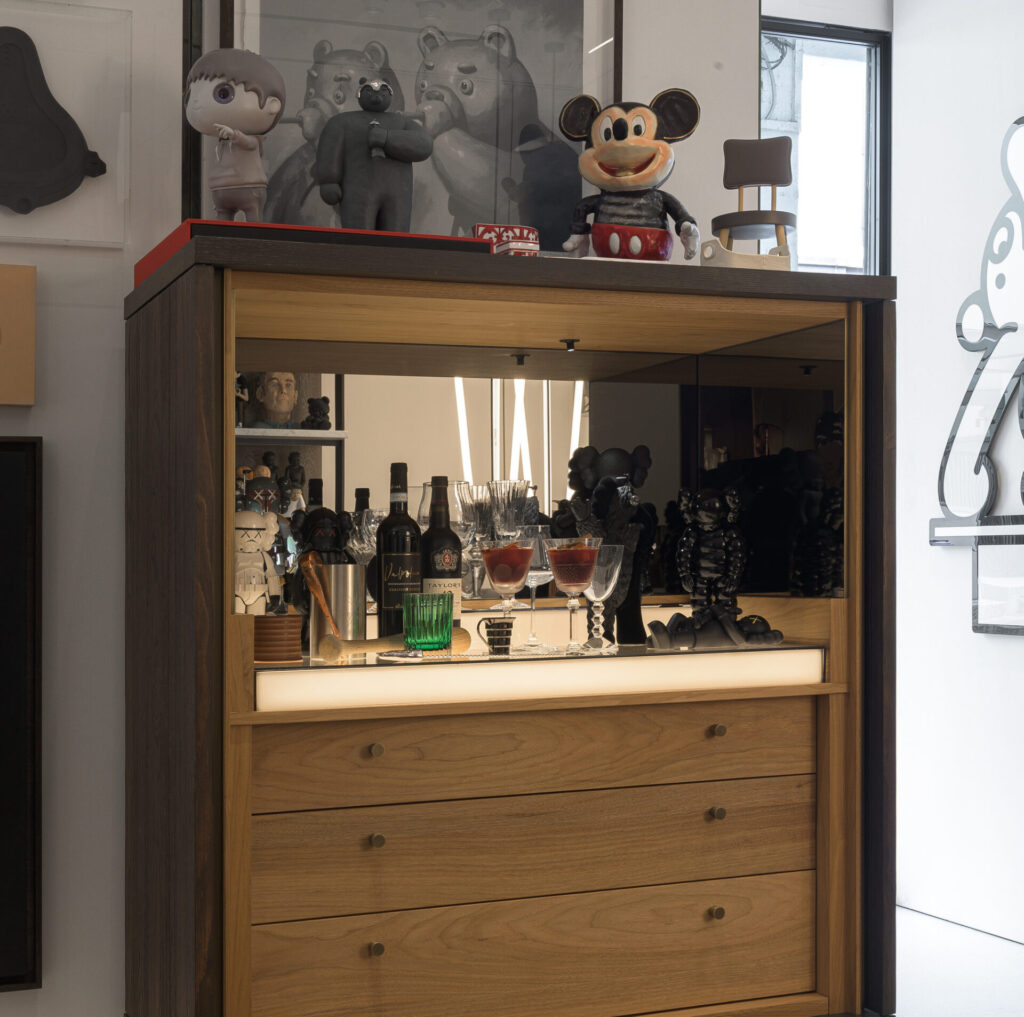From as early as the 19th century, Tiffany and Co. has elevated the utilitarian form of the padlock into romantic interpretations, and as a modern, statement piece of jewellery.
Since its invention by Egyptians at least 4,000 years ago, the ubiquitous padlock has carried many connotations over the centuries. Early hanging padlocks were used to secure precious personal belongings while the keys were worn as a ring or pendant by the owner.
Others travelled the world securing chests of precious cargo moving across oceans on ancient maritime routes. Some padlocks were carved with figures of deities and blessings for extra protection — locks from old Hindu culture have Lord Ganesha carved on one face and the sacred symbol “Om” on the other.
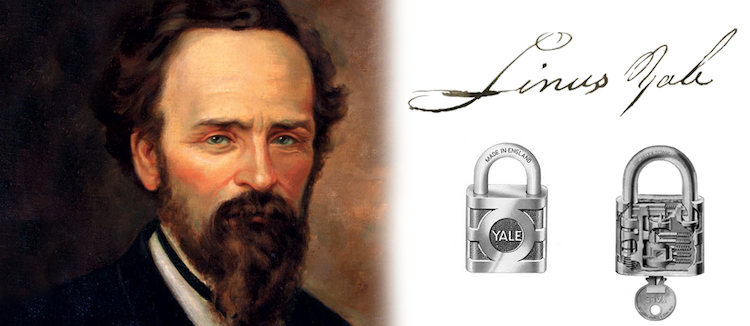
The mid 19th century saw the transformation of the padlock into a must-have functional object following the invention and patent of the pin tumbler lock, a take on the ancient Egyptian version, by American inventor Linus Yale. This invention fired the imagination of designers and tastemakers.
Lock in the Making
Among them was Charles Lewis Tiffany who a decade earlier had established a stationery and fancy goods store in New York. A tastemaker par excellence, he had already introduced Americans to fine Bohemian glassware, porcelain and personalised hardware.
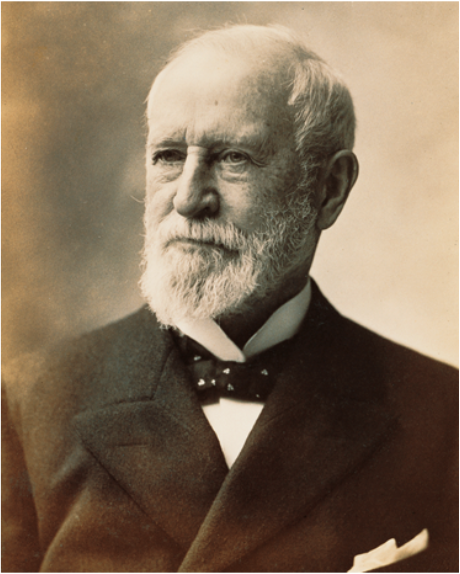
Under his masterly influence, the padlock became one of the 19th century’s most desirable functional objects, not just to secure everyday precious items and confidential documents, but to even lock in dog collars of beloved pets. These functional padlocks were decorated and personalised with motifs and monograms.
Later, (believed to have dated after Tiffany had redesigned the Great Seal of the United States, the same one that appears on today’s one dollar bill), the company used the padlock motif to design personalised money clips.
The move from functional hardware to aesthetic jewels was an easy transition for Tiffany. Over the previous decades, the company had established itself as a fine jeweller, offering jewellery with extraordinary diamonds that Charles Lewis had purchased from European aristocracy.
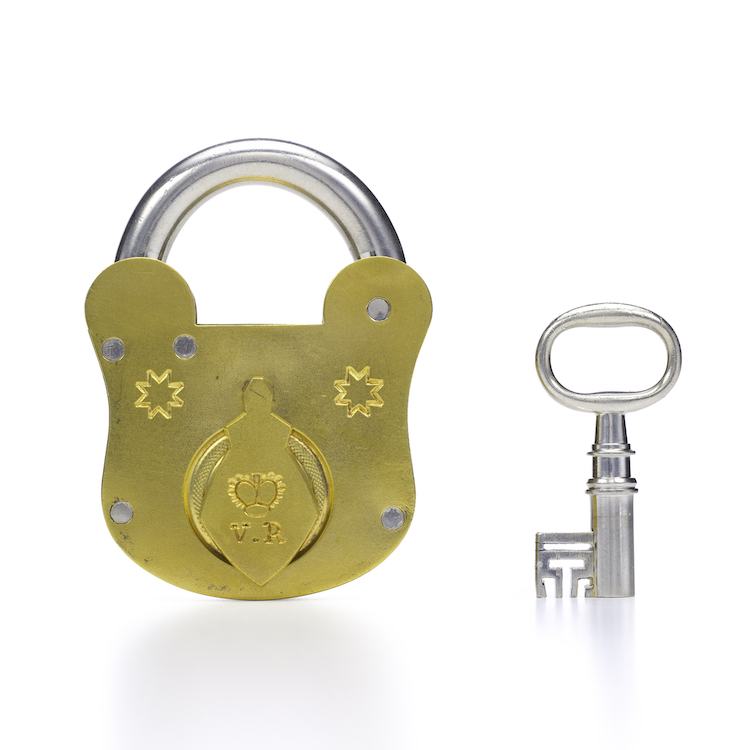
His influence expanded nationwide and beyond when in 1845 Tiffany published the first-ever mail order catalogue of “Useful and Fancy Articles” which evolved into the Tiffany Blue Book that is still published annually. The catalogue became an archive of aspirational items and as early as 1881, the Blue Book featured gold bracelets with padlock clasps. Similarly a padlock brooch from 1883 is another important piece of the time.
The Lock & its Symbolism
While Tiffany was moving from function to aesthetics, the padlock had taken on a new romantic twist into the “love lock”, which became a symbol of undying love. The tradition of locks and love is said to have started in China where newly-weds placed a lock on a gate or chain and threw away the key, with the belief their love would last forever.
At the turn of the 20th century, the tradition of “love locks” started to spread on bridges in romantic cities in Europe and beyond: Lovers commemorated their indestructible bond by locking a padlock onto the fence of a bridge and throwing the key into the waters below. The most famous being the Pont Des Arts over the Seine in Paris, which became so overburdened by padlock love that the fences had to be dismantled and removed to ensure stability of the bridge.
In other cities including New York, authorities are trying to create “unlock your love” traditions to protect bridges such as the Brooklyn Bridge.
By the mid 20th century, the padlock had become synonymous with Tiffany. A 1965 advertisement in a retail magazine featured a stack of high jewellery Tiffany rings arranged along the open shackle of a metal padlock, with an accompanying slogan that invited the reader to “Pick One!”.
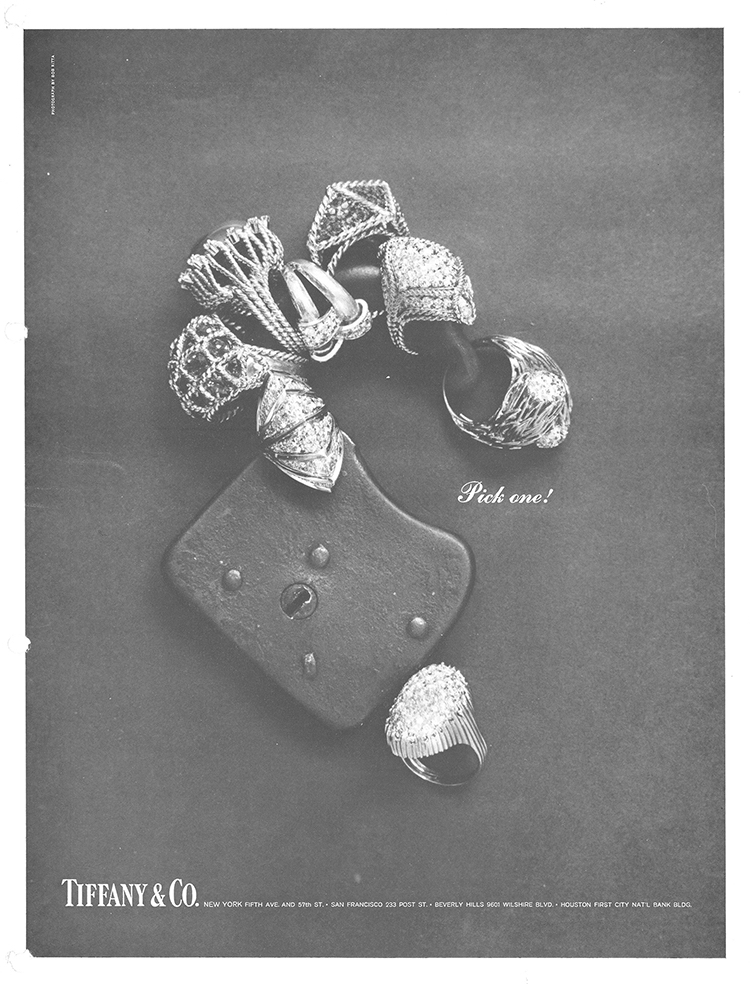
The padlock motif reappeared in 1969 with the Return to Tiffany key ring. Padlocks as well as tags were engraved with a serial number and registered with the company.
The advertisement read: “Lost-and-found tag and key chain with instructions to return keys (not your Valentine) to Tiffany and Company. We notify owner through our registered code number.” It was advertised as a Valentine’s Day present.
The Return to Tiffany theme was revisited again at the end of the millennium (in 1999), this time with a no-nonsense padlock design as a key ring with the same engraved request and a serial number. One of its most romantic padlock offerings was the heart and key pendant that debuted in 1990: A silver heart-shaped padlock featuring a gold key hole and an accompanying gold key.
It became an instant hit. The lock motif returned in 2011 in Tiffany’s popular bangles of different widths in rose or yellow gold or silver.



A New Lock for All
Now in 2023, Tiffany designers have once again re-imagined the padlock, this time as a delicate refined jewel that makes a strong visual statement just by its fine lines and luxurious simplicity — the very antithesis of tough functionality.
“No rules. All welcome.” is the spirit behind the new Tiffany Lock, the House’s first all-gender offering. The design intention of the bangles is inclusivity and a celebration of the open-minded spirit of a contemporary generation.

The initial offering is four bangles, two all metal either in 18-karat yellow gold or rose gold, and two in mixed colours of gold, rose and white gold or yellow and white gold, each set with half pave diamonds.
The clasp has a swivelling mechanism that clicks in place to close like a functional padlock. Engineering the closure mechanism for secure, easy use was the most challenging part.
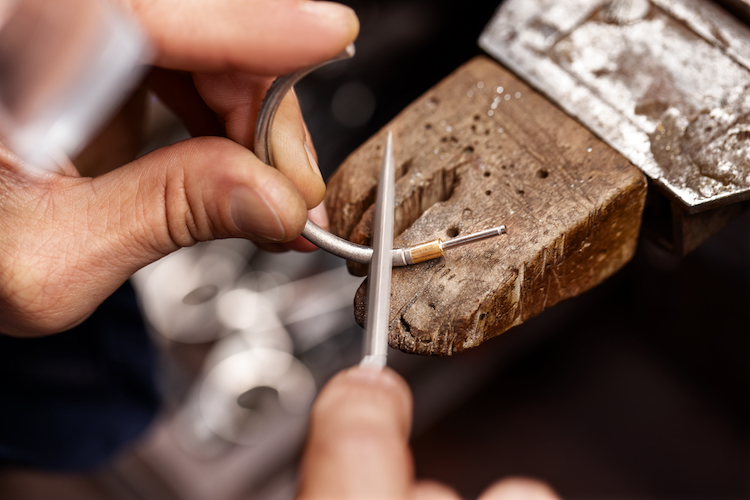
Pulling the shackle or U-bar at the notch area activates a hidden spring within the bangle, while simply pushing down on the U-bar snaps it securely into a closed position.
K-Pop superstar Rosé is the face of the current collection. She is featured in the new campaign together alongside Korean model Taemin Park, who are both adorned with Tiffany Lock bangles.
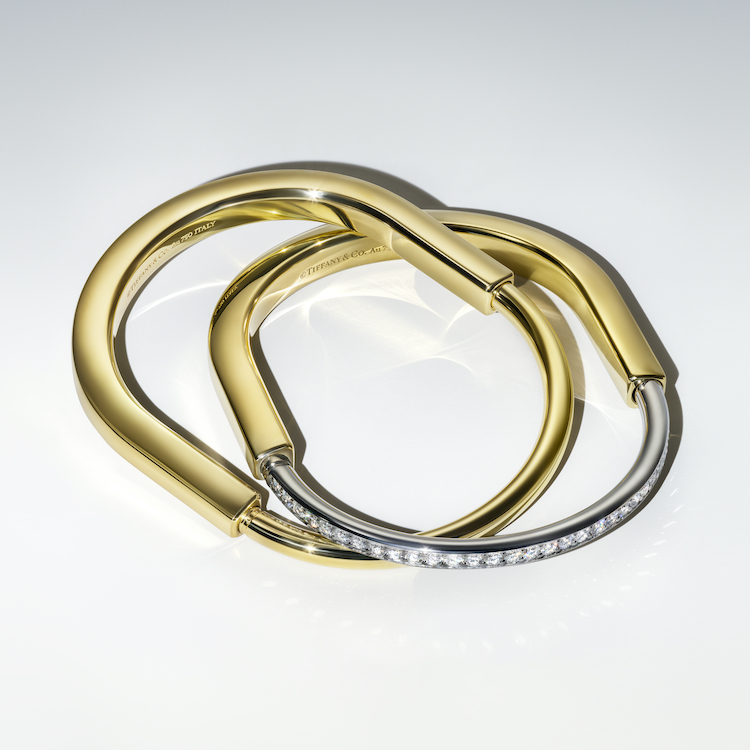
The collection will expand later in the year to include rings, earrings and pendants, all with a distinct padlock reference, refined lines and unique styling intended to lock in a new Tiffany icon for the 21st century, and continue the House’s long fascination with the padlock.
Explore the Tiffany Lock collection here.


